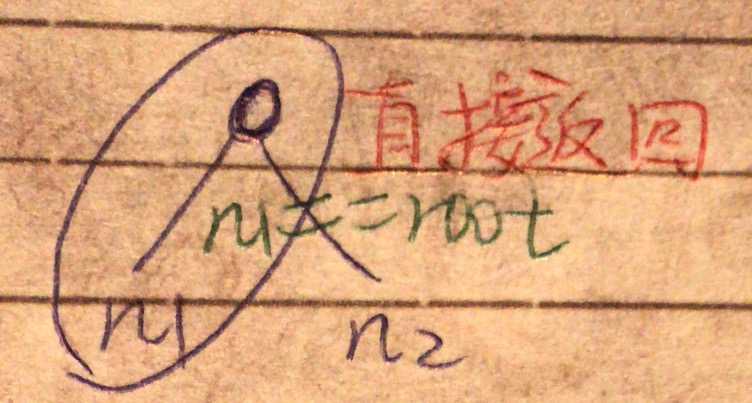[抄题]:
Given a binary tree, find the lowest common ancestor (LCA) of two given nodes in the tree.
“The lowest common ancestor is defined between two nodes v and w as the lowest node in T that has both v and w as descendants (where we allow a node to be a descendant of itself).”
_______3______
/ ___5__ ___1__
/ \ / 6 _2 0 8
/ 7 4
For example, the lowest common ancestor (LCA) of nodes 5 and 1 is 3. Another example is LCA of nodes 5 and 4 is 5, since a node can be a descendant of itself according to the LCA definition.
[思维问题]:
不知道子节点怎么用dc。直接对给出的p,q节点进行操作即可。
[一句话思路]:
对pq节点做分合法定义。
[输入量]:空: 正常情况:特大:特小:程序里处理到的特殊情况:异常情况(不合法不合理的输入):
[画图]:

[一刷]:
(left != null && right != null) 时,返回的是root节点的结果,不需要再做递归运算了。是一个“合”的过程。
[二刷]:
[三刷]:
[四刷]:
[五刷]:
[总结]:
[复杂度]:Time complexity: O(n) Space complexity: O(n)
[英文数据结构,为什么不用别的数据结构]:
只有dc算法,没有数据结构
[其他解法]:
自己写traverse函数:不好,会形成全局变量
[Follow Up]:
[LC给出的题目变变变]:
Lowest Common Ancestor of a Binary Search Tree 一模一样的,约束条件没用,直接套。

public class Solution { /* * @param root: The root of the binary search tree. * @param A: A TreeNode in a Binary. * @param B: A TreeNode in a Binary. * @return: Return the least common ancestor(LCA) of the two nodes. */ public TreeNode lowestCommonAncestor(TreeNode root, TreeNode A, TreeNode B) { if (root == null || A == root || B == root) {// return root; } //divide TreeNode left = lowestCommonAncestor(root.left, A, B); TreeNode right = lowestCommonAncestor(root.right, A, B); //conquer if (left != null && right != null) { return root;// } else if (left != null) { return left; } else if (right != null) { return right; } else { return null; } } }

